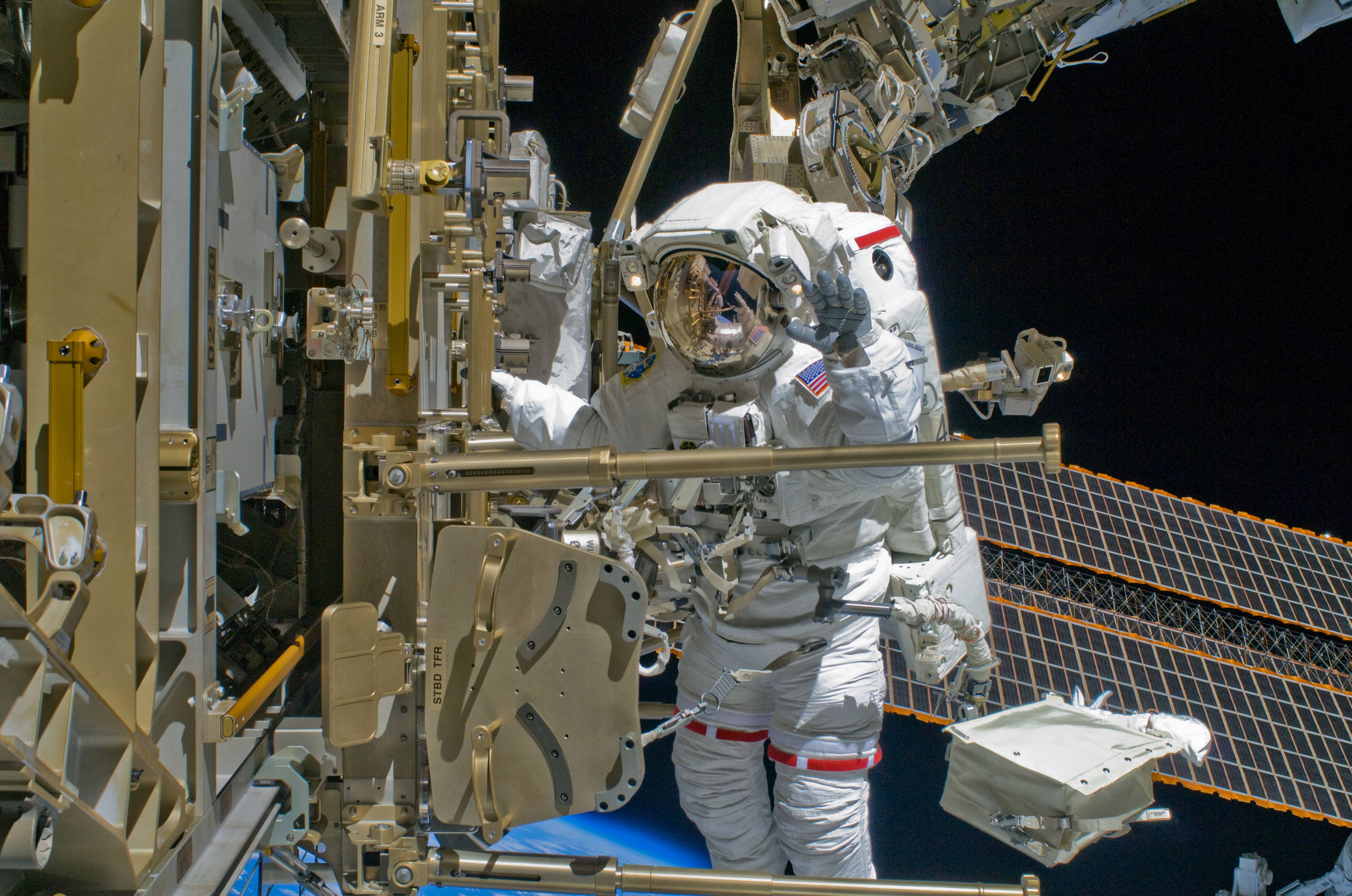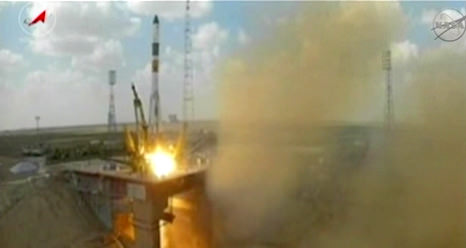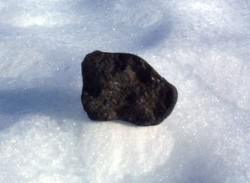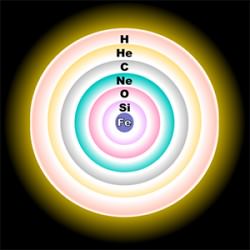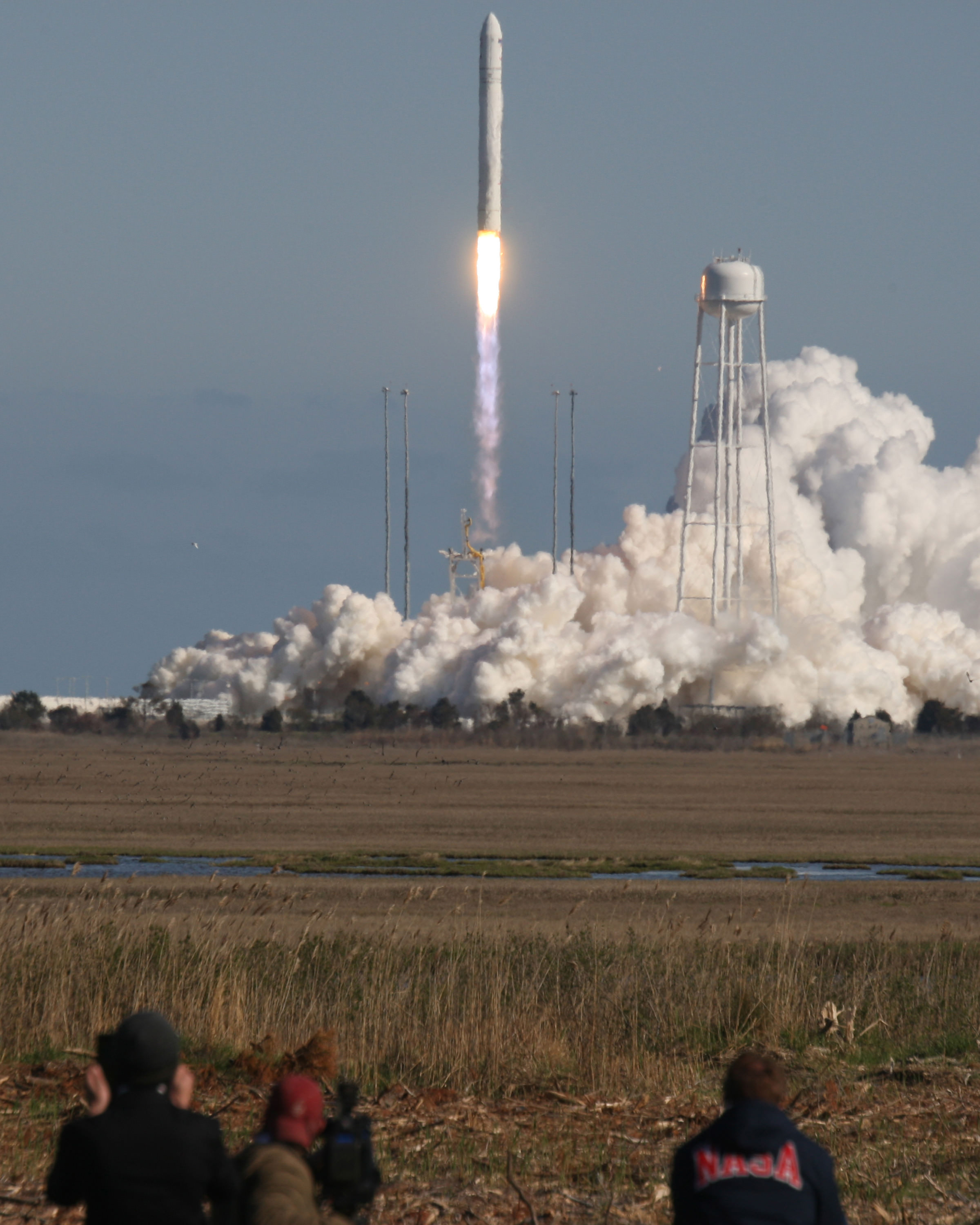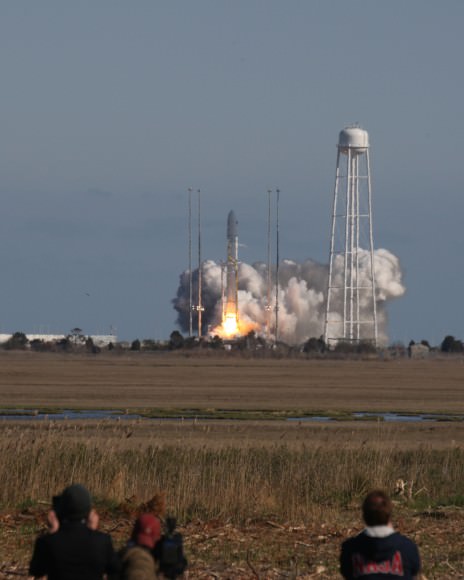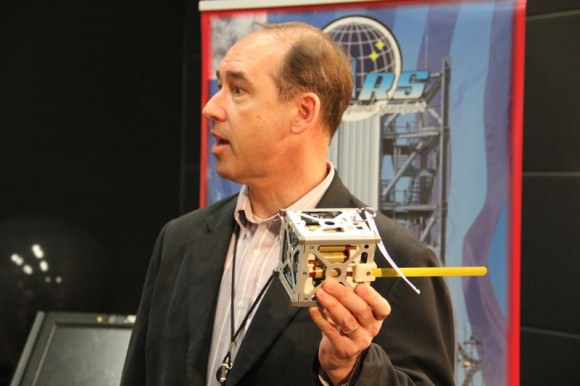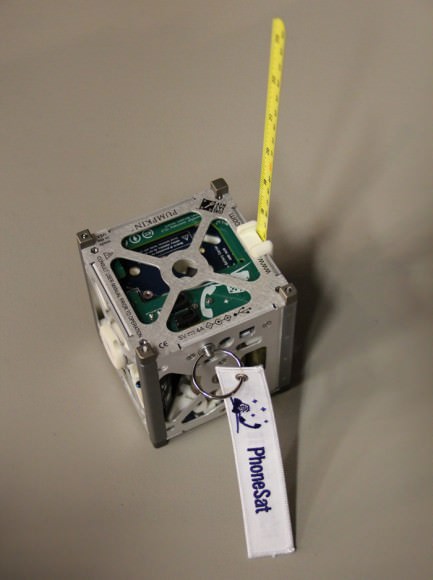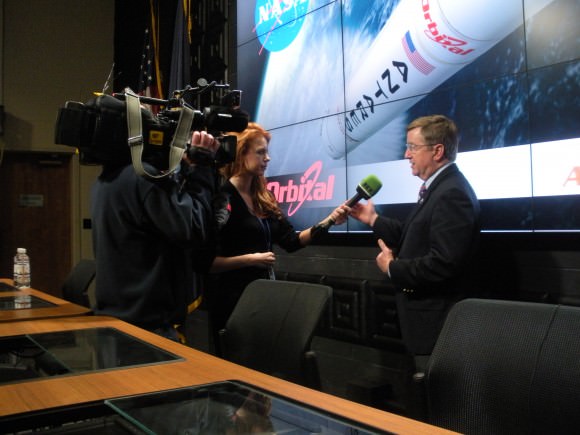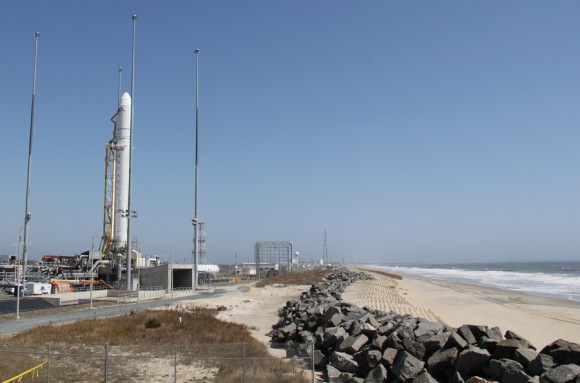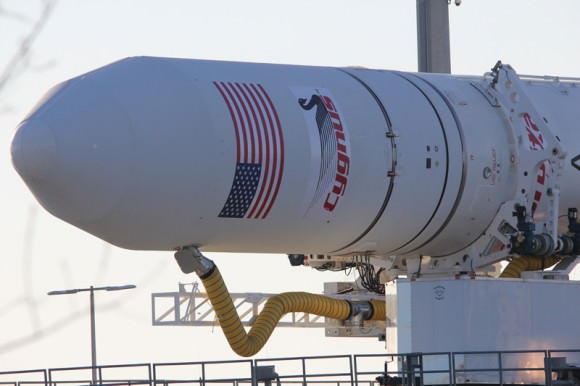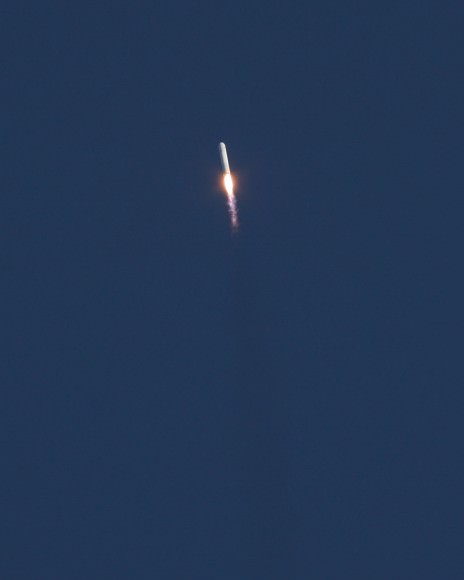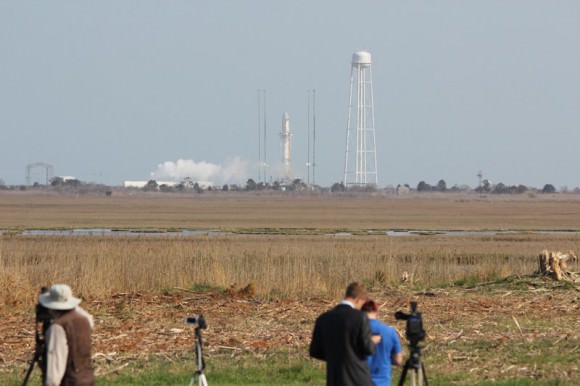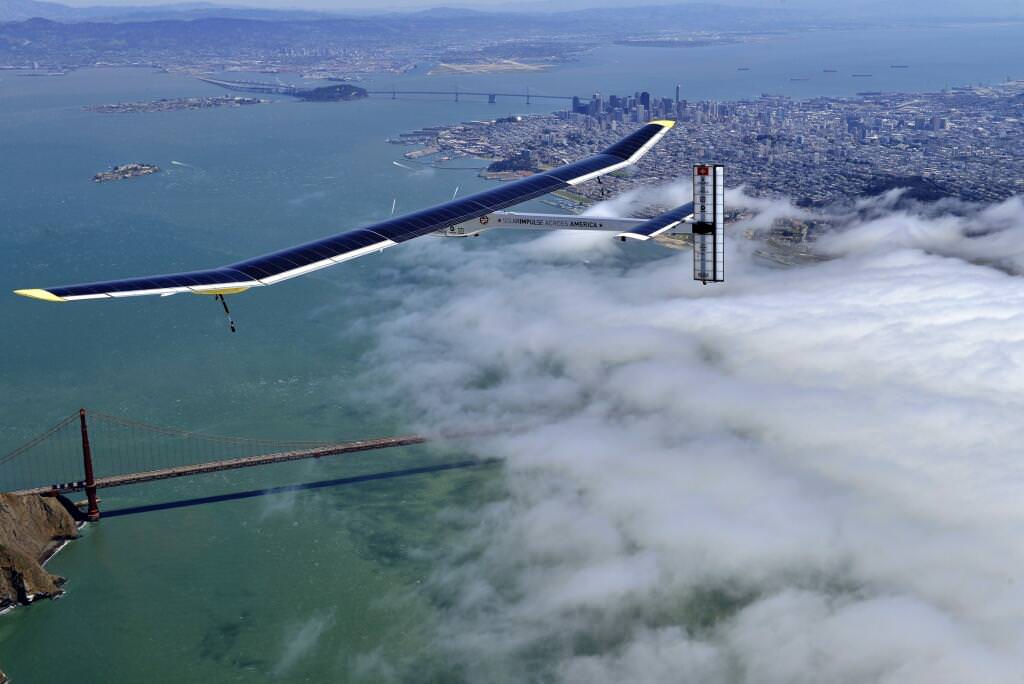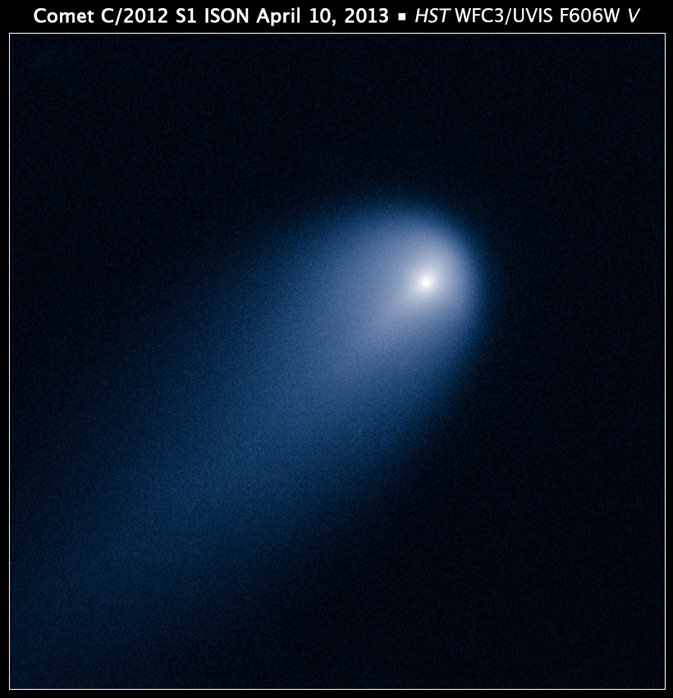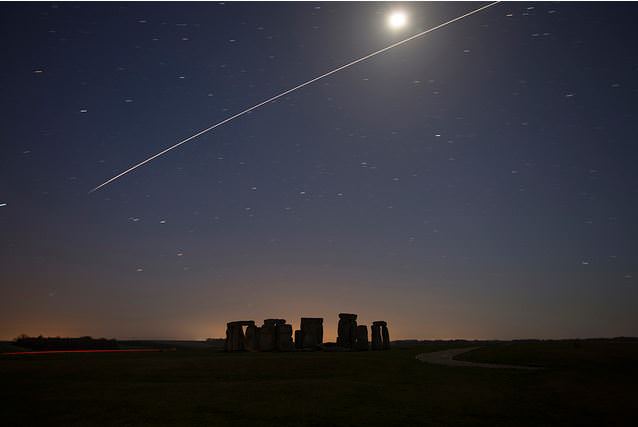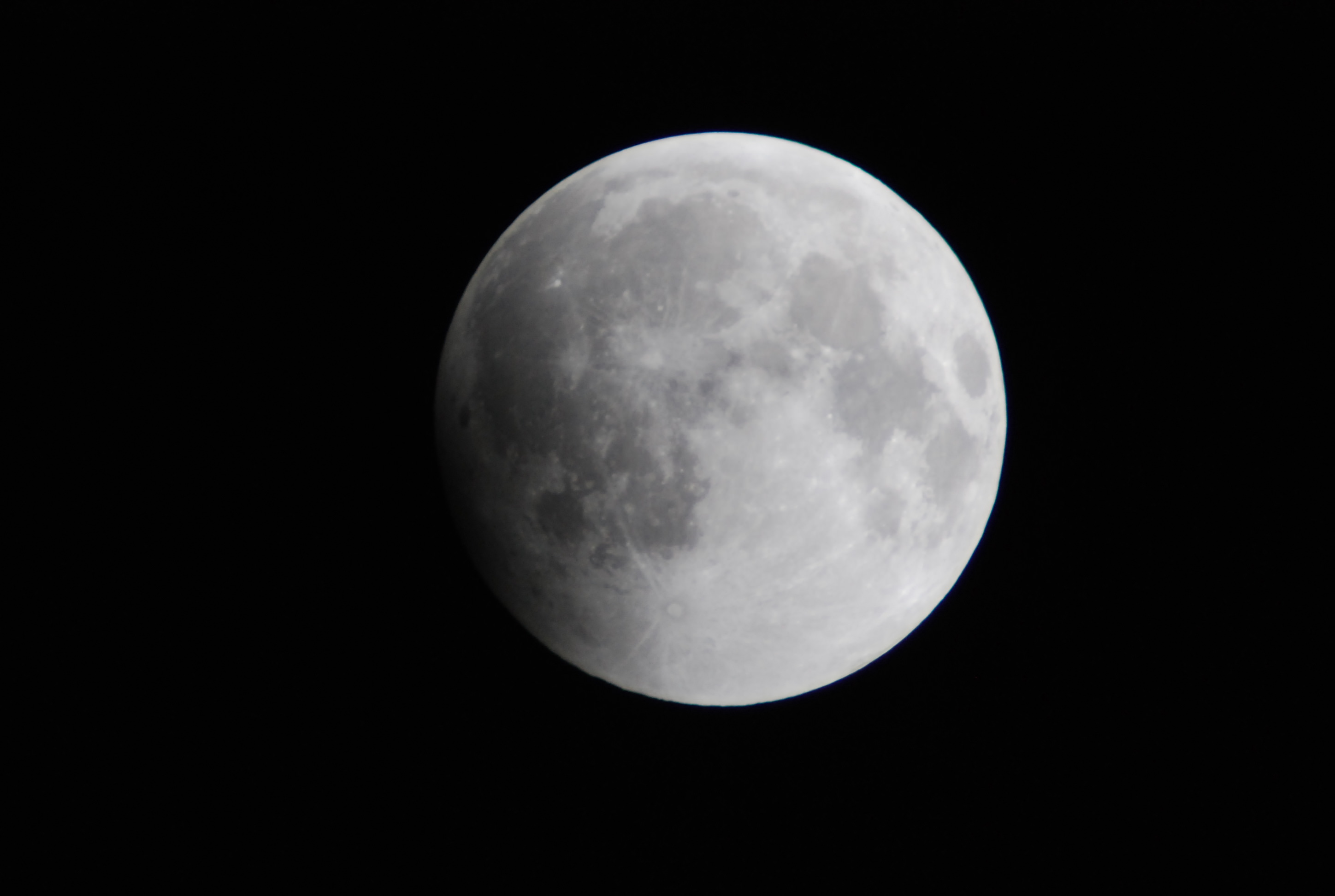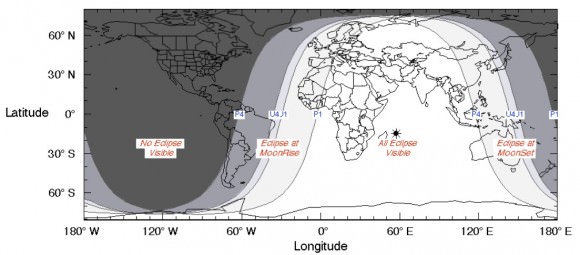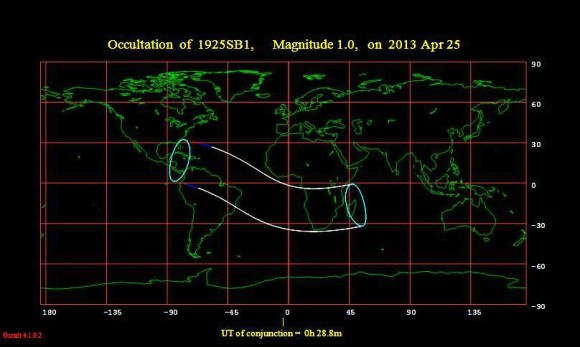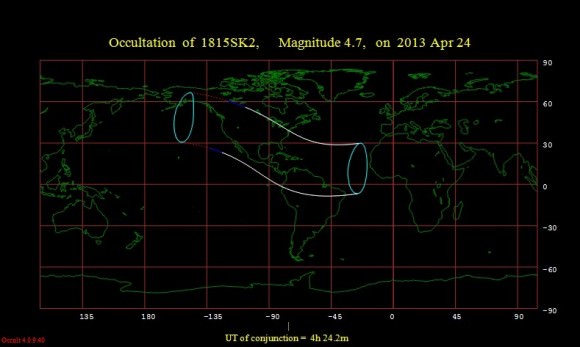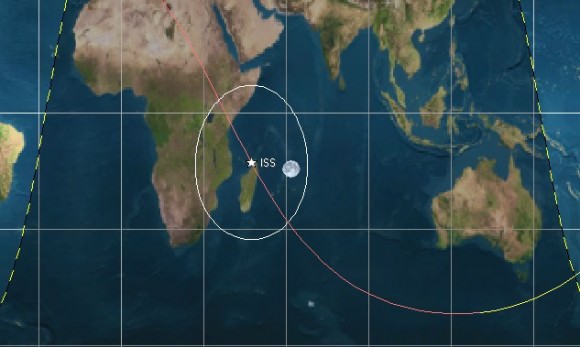Think about your typical construction worker — there’s a lot of reaching, bending, stretching, lifting. How do you accomplish those tasks without gravity, as astronauts do on the International Space Station?
According to astronaut Shane Kimbrough — who should know, as he spent more than 12 hours “outside” doing station work and repairs during shuttle mission STS-126 in 2008 — instead of using your feet, you transfer most of the work to your hands. Your feet are basically used to brace yourself.
“You’re moving around, kind of walking with your hands, and pulling yourself in between the handholds and the rails,” he said to Universe Today, expanding on comments he made publicly at a conference last week.
Astronauts train for hours in a large pool known as the Neutral Buoyancy Laboratory, which includes a full-size model of the station modules inside. “You build up the [hand] strength in the NBL,” Kimbrough said, “with your hands fighting against the pressure of the spacesuit. If you didn’t do that, your hands would be fatigued [during a spacewalk.]”
It’s not a perfect training environment, though. “The big difference in the water is the drag it produces. You don’t realize you are floating, at times. If you’re moving along and walking with your hands down the rail, and you stop, you will immediately stop. In space, the mass of your spacesuit keeps going even if you stop. Your body will keep moving back and forth a few times, and using more energy when you need.”

During the shuttle era, astronauts tended to specialize in different areas of spaceflight — robotics and extra-vehicular activity (spacewalks) being some of the fields. The station, however, demands that astronauts be versed in both, Kimbrough said. Any crew could be called upon to do a repair on short notice, or to haul in a robotic spacecraft (like SpaceX’s Dragon) that arrives at station.
This means there’s a huge demand within NASA now for spacewalking expertise. Before stepping into the NBL, the astronauts run through the procedures in the classroom, and will get a look at the tools to make sure they understand their functions. Occasionally, a crew might pop on scuba suits to do a rough run of an expected spacewalk at the station, rehearsing where they should be and how they should position themselves.
A spacesuit really limits the astronaut’s range of motion, making the hours of training crucial. “For people like myself, with short arms, our work envelope is very small,” said Kimbrough, who is hoping for another flight assignment.
“It’s really out in front, not very far, in a circular motion. If you put your hand out in front, a small circle, that’s my work envelope. If I want to get something higher or lower, I can’t get there by reaching based on the way the [spacesuit] shoulder and arm operates. You maybe have to go sideways or upside down.”
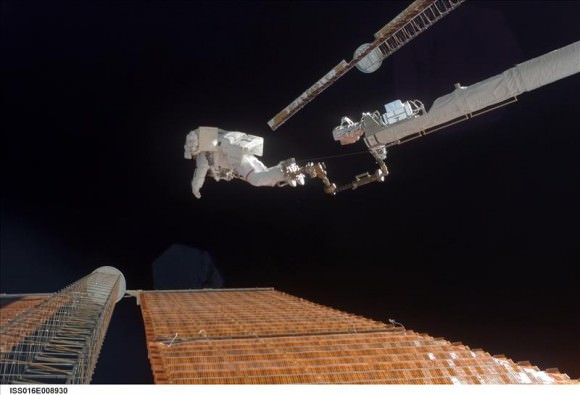
Spacewalking is inherently a dangerous business. Many people remember a daring station-era spacewalk in 2007, when Scott Parazynski dangled on the end of a Canadarm2 extension to stitch together a torn — and live — solar array. For this spacewalk, a lot of procedures were put together on the fly.
NASA also has a computer program that can roughly simulate how the astronauts can get into various areas of the station, and this was extensively used before Parazynski’s spacewalk, Kimbrough said.
Kimbrough’s crew had a more messy problem as they worked to repair the broken solar array rotary joint (that controlled one of the station’s solar panel arrays) and do other station work. The grease guns the crew used in that mission periodically squirted way too much grease and covered everything. The work area, the spacesuits, the tools.
“It had to do with the thermal properties,” Kimbrough said. “It would go in between pretty hard, to not being so hard. So sometimes, the grease guns that were designed at the time leaked … they have been redesigned, a few modifications, and they’ve worked well since then.”
Kimbrough himself ran into a minor, but still surprising situation when at the end of a lengthy tether. It turned out that tether had a bit of zing to it. “I was working way out on the end of the truss, and it was nighttime and I felt somebody pulling me back and almost spinning me around. The force of it surprised me the most.”
Other astronauts had warned him about that ahead of time, Kimbrough said, but he didn’t realize how vehement the pull could be. “I was a believer after that,” he joked.

